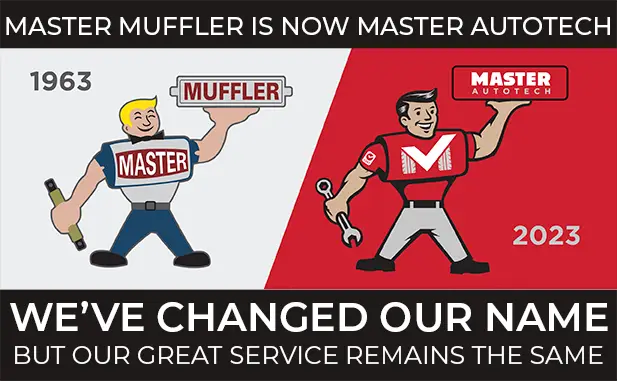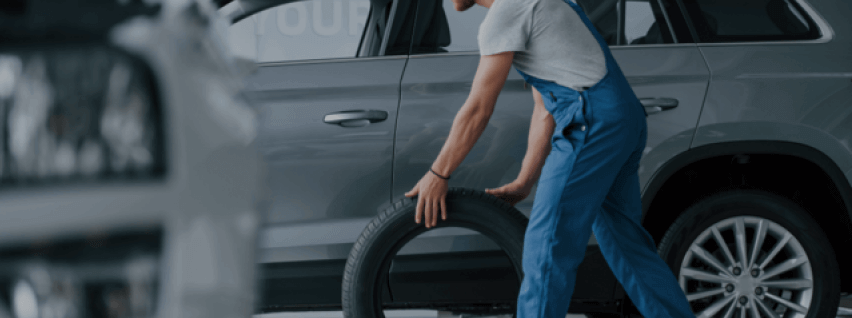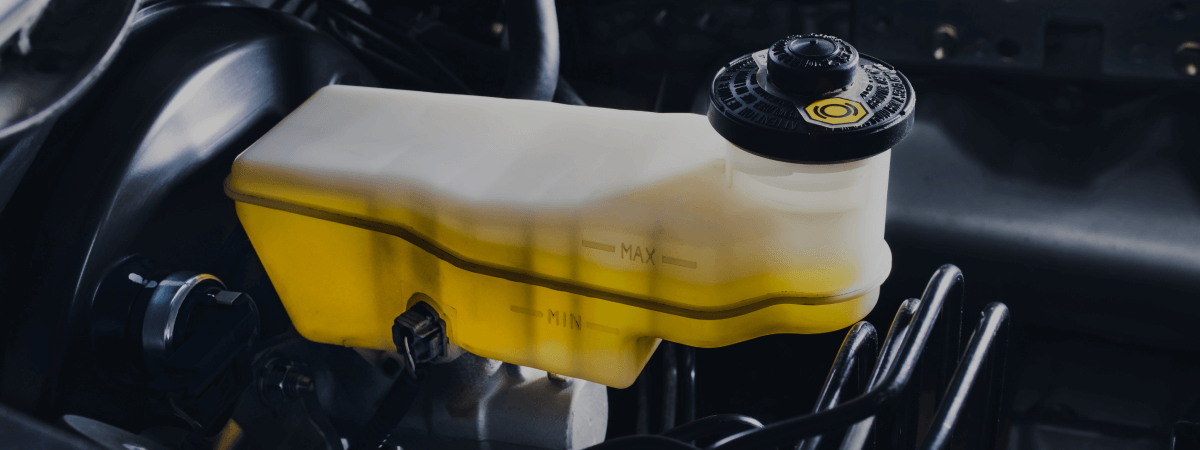It is so important that you understand how to properly and safely recharge or jump-start your battery. There are small risks that need to be considered and avoided as you work on your battery. Here are a few tips to help your efficiently jump-start your battery.
The first step is to park the vehicle that is to help you jump-start close enough that you may be able to use the jumper cables. Some cables are longer than others. Always make sure that the cars are not touching.
Make sure that both vehicles have been turned off as you begin to hook up the jumper cables. This includes that no lights, radio, etc. is on.
Do not rule out the possibility of your battery exploding. The discharge form your battery is flammable, and any spark can ignite a fire or explosion. This is only a slight possibility, but it is known to happen.
You can avoid this problem by proper set up of your jumper cables. Clamp on the red or positive jumper cable to the “+” sign on the dead battery, and then follow the same thing on the working battery.
Next, follow this same process as outlined above but with the black or negative clamps. Place these on the “-“ sign on the dead battery, then place the black or negative on the “-“ of the working battery.
I’ve jump-started many batteries that are a little corroded; you simply have to scrape off the white, or grey film. This can be done with anything really that is tough enough to do it. When the film is off you can then hook up your jumper cables.
Now that everything is connected properly you can now start the working car. Make sure you allow it to sit idle for about 5 minutes before you try to start up the dead car. After about 5 minutes, or even longer, start the dead vehicle and allow it to sit for a few minutes to allow it to charge more.
If the car still wont start you can either tow the car to a car shop or dismantle the battery and take it to the shop. They will be able to test it to see how well it works or what exactly it needs.
Take off the jumper cables while both cars are still running. You don’t want to immediately turn off the former dead car. It is generally the safest to take them off in the opposite manner that you placed them on.
Related Posts
Key Takeaways On average, passenger vehicle tires last 40,000 to 60,000 miles, depending on type, driving habits, and maintenance. Replace tires when tread depth reaches 2/32”, if damaged, or older than 10 years. Regular rotation, alignment, and proper inflation extend tire life. Aggressive driving, poor roads, and harsh weather shorten tire lifespan. Take advantage [...]
When you think about car maintenance, you probably focus on oil changes, tire rotations, and maybe even brake pad replacement. But what about your brake fluid? If you’ve ever wondered, “What does brake fluid do?” or “Why is brake fluid important?”, you’re not alone. Brake fluid might not be the most talked-about part of [...]
Is that high-pitched squeal from your brakes driving you—and everyone else—crazy? Don’t ignore it. Squeaky brakes aren’t just annoying, they’re your car’s way of saying something needs attention. Whether you're cruising through Salt Lake City or winding up Idaho’s mountain passes, here’s what’s likely going on, how you can fix it, and when it [...]





